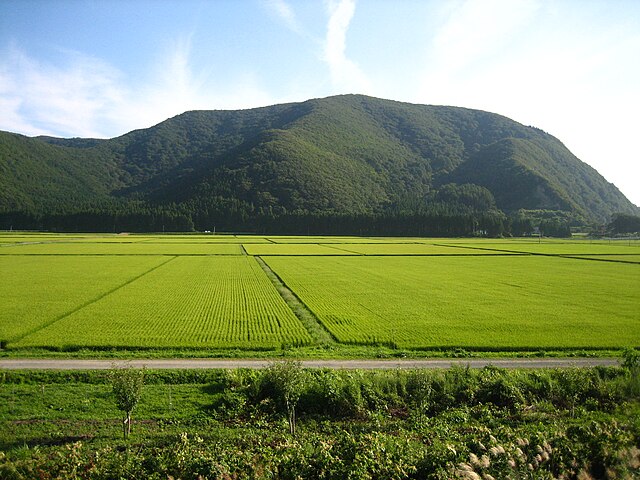The 2024 rice harvest in Japan is in progress from the mountainsides of Togowa in Mizayaki Prefecture to the sunshiny western prefecture of Okayama. At the same time, robotics are increasingly stepping in to aid an aging population.
In Togowa’s slopes, farmers will be reaping their paddies throughout October, marking a six-month grain maturity journey.
The region’s terraces undulate through picturesque ancient walls that protectively enclose the acclaimed Golden “Hino Hikari” rice variety.
Hino Hikari is one of the most popular rice strains in Japan because it is thick, chewy and delicate. It also among the cheapest at as little as 1,200 yen ($8) per 2 kg, hence its usage at restaurants.
In Okayama, aging farmers are coping with the harvest two weeks before schedule, especially in Kamimoni hamlet.
Hot conditions are impairing progress and farmers are worried if yields will reduce as they did in 2023, per an AP News report.
The farmers’ concerns echo official statistics that private rice reserves are at a two-decade low of 1.56 million tonnes due to climate change.
In 2023, Japan recorded burgeoning temperatures, with July ranking the hottest ever at 2.16ºC above the average.
Turn to Robotics
The answer to combating the combined problems of harvest pressure, heat and an aging population has come through robotics.
In October 2023, artificial reapers by Tmusk Co. undertook a Miyazaki harvest in 5% of the typical manual harvesting time.
The solar-powered robots such a model known as Raicho I also do weeding by wading through the paddies like ducks. This way they reduce the crop tending time to 29 hours versus the manual optimum of 529 hours.
When it comes to harvesting, the reapers normally attain a yield maximization rate of 95% or almost all rice.
And while robotics are saving labor and time in a typical rice harvest in Japan, cultivation is upgrading courtesy of heat-resistant strains. These, including the now-popular Sai no Kizuna variety, could be the way out as Japan fights changing climate.
In short, heat may be impacting yields, but the Land of the Rising Sun is changing tack in the way it harvests its traditional staple grain. For a full picture on the harvest of Japan’s rice crop, read on in the statistics section, next.
Japan Rice Harvest Statistics
Rice harvesting in Japan is a combination of hand clipping through sickles and mechanization using combine harvesters. In as early as 1978, there were 650,000 combine harvester units in the country. Alongside them were 1,700,000 binders, which are basically small reaping machines. The Institute of Agricultural Machinery in Japan estimates that the use of harvesting machines in Japan covers over 90% of nationwide paddies. About 50% of the harvest takes place through combine harvesters alone. Since 2023, robots are also increasingly becoming a part of the paddy harvesting culture of the country.
How has harvest time reduced over the years?
According to JICA data via Rice for Africa, Japan’s rice harvesting hours have reduced drastically in 6 decades due to mechanization. Notably, labour time reduced from nearly 200 hours per 10 acres in 1955 to less than 25 hours per 10 acres in 2009.
What is the historical yield rate of brown rice in Japan?
The yield per 10 acres of brown rice has improved from over 300 kg in 1955 to over 500 kg in 2009. However, heat increment in the early 2020s is beginning to impact yields.
